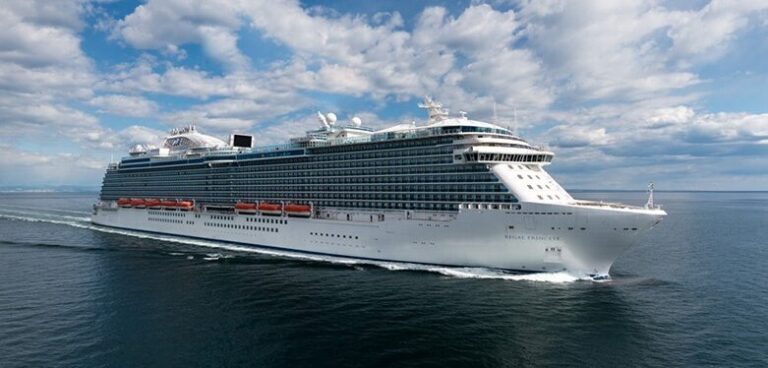Marine technology company Wärtsilä will deliver a Decarbonization Modelling Service to the Carnival Corporation as the cruise ship company seeks to reduce greenhouse gas emissions created by its fleet.
Wartsila’s original brief was to establish an optimal decarbonization path for Carnival Corporation’s Regal Princess – a 330m-long, 142,000 gross ton cruise ship – but the project has now been expanded to cover model solutions which can subsequently be applied to the rest of the company’s fleet.
Under the program, a digital model of the Regal Princess ship will be produced by Wärtsilä using operational data from several sources. Modeling capabilities and machine-learning algorithms developed by Wärtsilä will culminate in the delivery of a detailed analysis of the vessel’s operational data.
The model will then be used to simulate how several different technologies could impact the ship, such as Wärtsilä’s E-start, a patented electric smokeless start solution. The marine technology company will also investigate its HY hybrid power concept with energy storage. The simulations will help both parties to identify the most suitable and beneficial retrofittable solution with minimal installation required.
“At Carnival Corporation we are totally committed to decarbonizing our operations,” said Chris Millman, vice president, corporate marine technology, Carnival Corporation. “A systematic, data-driven approach is essential. By working closely with Wärtsilä, a company with a depth of experience and expertise, we can establish a model that will allow us to get it right first time.”
“We are delighted to work with Carnival Corporation on this important project,” said Giulio Tirelli, director, business development, Wärtsilä Marine Power. “The complexity of current and forthcoming environmental regulations requires a methodical, systematic approach. The Decarbonization Modelling Service is the most effective means for assessing and assuring the performance of investments aimed at meeting greenhouse gas emission reduction targets.”
The contract for the project was signed in December 2021 and commenced in February 2022.



